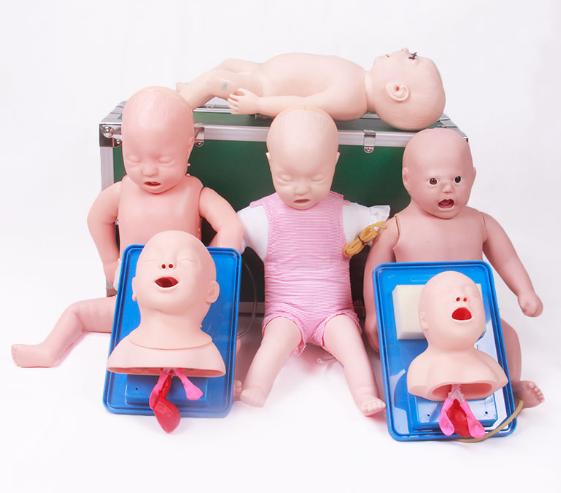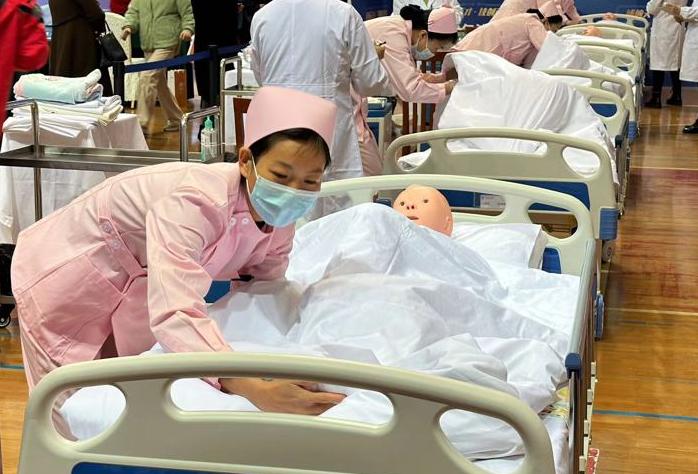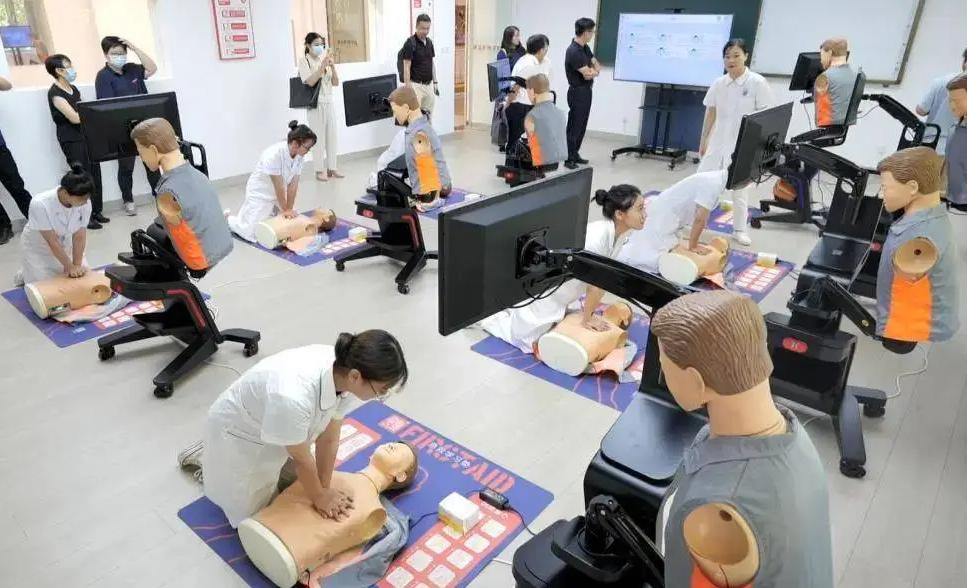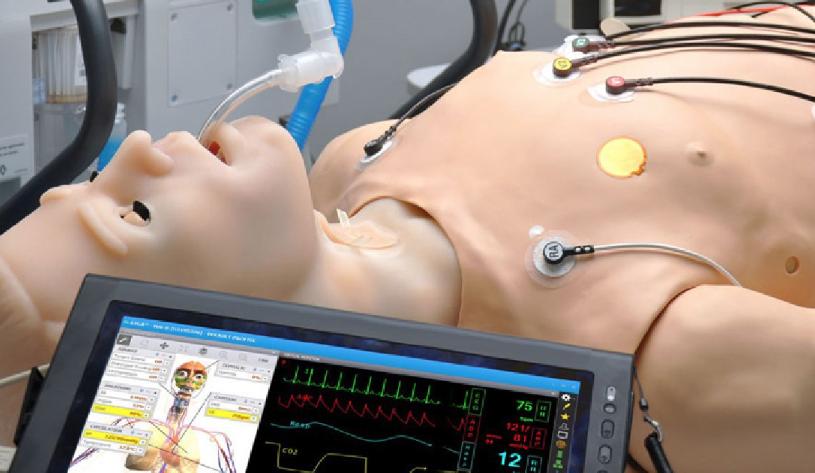This website uses cookies so that we can provide you with the best user experience possible. Cookie information is stored in your browser and performs functions such as recognising you when you return to our website and helping our team to understand which sections of the website you find most interesting and useful.
Infant resuscitation is a critical skill for healthcare professionals, encompassing a range of techniques from basic airway management to advanced interventions. Effective training is paramount to ensure that healthcare providers are prepared to handle unexpected pediatric emergencies with confidence and competence. Infant manikins play a pivotal role in this training process, providing a safe and…
Choking is a life-threatening emergency that can occur unexpectedly. The Heimlich Maneuver is a crucial first aid technique that can dislodge food or other objects obstructing a person’s airway. This article explores the importance of Heimlich Maneuver training, identifies who should receive training, outlines the steps involved in learning the maneuver, and discusses the valuable role…
Nursing is an ever-evolving profession that demands a blend of knowledge, technical expertise, and compassionate care. In today’s complex healthcare environment, staying up-to-date with the latest tools and techniques is essential for providing optimal patient outcomes. Whether you’re a novice nurse looking to build foundational skills or a seasoned professional seeking to refine your practice,…
Injection training pads play a crucial role in the education and skill development of healthcare professionals, including nurses, doctors, and paramedics. These invaluable tools allow students to practice injection techniques in a safe and controlled environment, honing their skills and reducing the risk of errors when administering injections to real patients. The reusability and proper cleaning…
In the face of a cardiac emergency, prompt and effective action can save lives. Two critical tools in first aid training are CPR (Cardiopulmonary Resuscitation) and AED (Automated External Defibrillator). While both are vital for addressing cardiac arrest, they serve distinct purposes and require different skill sets. This article will delve into the key differences between…
Accidents don’t check locations—they happen where you least expect them.The right first aid skill, applied at the right moment, can mean the difference between life and death. Whether you’re making dinner, operating machinery, or hiking off-grid, knowing what to do in the first critical minutes is essential. This guide teaches you how to react effectively…
Nursing simulation has emerged as a cornerstone of modern nursing education, offering a valuable alternative to traditional training methods. By creating realistic and controlled learning environments, simulation allows nursing students and experienced professionals to acquire and refine essential clinical skills, develop critical thinking abilities, and enhance patient safety. This article will explore the diverse range…
Medical students and residents rely on training mannequins every day. These realistic tools turn theory into safe, hands-on practice—from CPR to surgical skills. But not all simulators are the same. Smart buyers compare features carefully to ensure the model they choose builds confidence. This quick guide explains what to look for, what to avoid, and…
To provide optimal patient care, doctors must continually strive to enhance their abilities. This article explores various strategies that physicians can employ to improve their clinical skills, from building a solid foundation to leveraging cutting-edge technologies. By focusing on these key areas, healthcare professionals can elevate their practice and deliver superior patient outcomes. I. Building…
Medical mannequins are essential tools for medical education and training, enabling healthcare professionals to practice and refine their skills in a controlled environment. The price of these mannequins can vary significantly based on several factors. Here, we explore the top six factors influencing their cost in detail. Factor 1: Material Composition The materials used in the…
Medical training manikins provide medical students and healthcare professionals with a safe and controlled environment in which to practice various medical procedures. By mimicking real-life patient scenarios, manikins allow learners to develop essential clinical skills, improve decision-making abilities, and enhance patient care. There is the effective use of medical training manikins. We will explore various techniques…
Administering an injection is a routine procedure in almost every clinic, yet the very first attempt can unsettle even experienced professionals. A few minutes of online footage never quite alleviates the anxiety born of needles, skin, and old-fashioned human nerves. This is where realistic injection manikins play a vital role. For nursing schools, hospitals, and healthcare…
2019 Chongqing Scope Instrument Co., Ltd. All Rights Reserved














